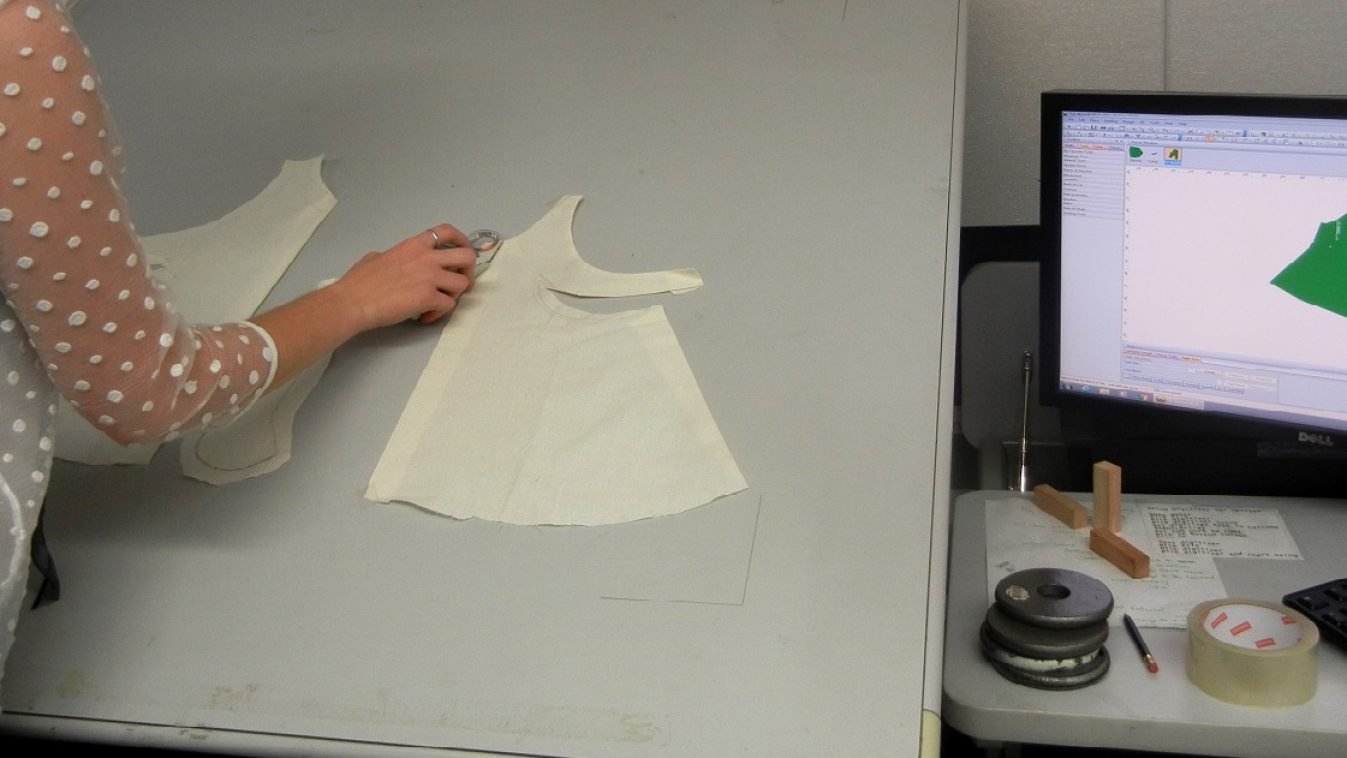Inspiring the Designers of Tomorrow

The apparel industry is constantly changing, and some of those concerned about its future are the people who are eager to join after graduating from university.
Young designers are the future of the fashion industry, and it all starts with a good education. As such, academic institutions around the world are beginning to incorporate technology tools more and more into their curriculums to provide their students a space for creativity, industry skills and real-world experience.
“If the industry changes, the education has to change to keep up with it,” says Lynn Boorady, Chair, Fashion and Textile Technology at Buffalo State. “And I have to learn that and keep up with that so I can make my students the best employees for the future.”
By using technology such as 3D simulation or pattern making software, students have the freedom to experiment in the early stages and development of new ideas. They can take advantage of the virtual world such as using avatars to conceptualize, design and build better product and fit.There are challenges. Often funding for technology can be expensive for schools, and whole curriculums may need to be adapted or changed completely. However, as technology continues to improve and change the way brands develop, produce and market fashion, schools will need to create the long term investment of teaching their students the technology skills that parallel those used in the apparel industry.
“Technology not only lets you shorten product development time, but also improve pattern quality. It doesn’t make sense to just quicken time, but also to make better patterns, and better designs,” says Professor Susan P. Ashdown, Cornell University.
It’s not only the schools that need to make that initial investment, but also brands. Imagine if graduate students already have the knowledge of the technology software. There would be less need to train in-house, and students would be able to join design teams directly and already start working with 3D.
So how can brands facilitate this? One way is to kick start the technology conversation. Many universities have already leaped on the technology wagon, but others still need that initial spark to adopt. Brands can come and play a leadership role by showing how they use these technologies in their day to day work to encourage schools to teach the tools used in the industry.
Bridging the gap between industry and academy is vital to ensure students are getting the right tools to succeed. If brands want the talent, they need to invest in the talent. One example of an industry leader working toward this collaboration is Target, who are already speaking with schools to help build curriculum, offer internships, and provide learning tools. In addition, Target, among other brands, are choosing to host faculty and students on site for the day to see the impact of technology, and to learn more about 3D and 2D technology. These mini-sessions can really move the conversation along and teach new skills that can be incorporated into academic studies to help future designers get the knowledge they need to be employed.
In the short-term, “adopting” schools can be a good way to connect the industry and students more, whether it’s through site visits, internships, or guest seminars. In the long-term, education will need to fully reflect the needs of the industry. If the industry is moving towards 3D, digital printing and even smart fabrics, than the schools will need to adapt a curriculum to be more hands-on. For students to excel, it’s crucial to be in tune with the industry’s technology developments.

 English
English  French
French  Italian
Italian  Spanish
Spanish 